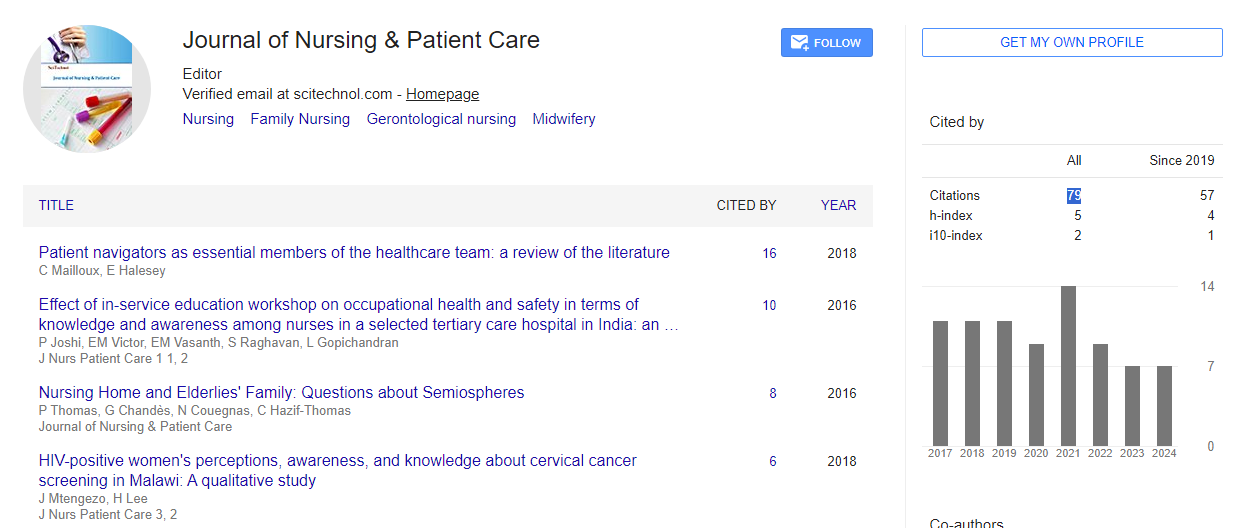The digital transformation in nursing
Sabah Ahmed Ammar
Helwan University, Egypt
: J Nurs Patient Care
Abstract
Digital transformation is the integration of digital technology into all work aspects. So, unexpected circumstance, such as the COVID-19 pandemic, public service delivery cannot be suspended, but must be delivered online, relying on the available digital technology. Social media have been widely used to reach a broader portion of the population. Integration of digital transformation in the nursing field not requires technology only but also requires how to deal with this technology especially increase in the use of it now a days. As well as the digital transformation in nursing education and research, that will have a positive impact on clinical practice which improves quality of provided health care. 1-Example of digital transformation of nursing education: A-High fidelity simulation, B-Hybrid learning-blended learning, C-SAMR model and D-Learning management system. (A) High Fidelity Simulation is an education methodology that involves the use of lifelike manikins in realistic patient environments. Simulation scenarios can take place anywhere; simulations could support the training phase of nursing student and nurses. (B) Hybrid learning is a learning method that involves both in-person and virtual students attending class. Also, is a way of combining traditional classroom experiences, learning objectives, and digital course delivery that emphasizes using the best option for each learning objectives. Blending learning “blends” live and online learning-face-to-face class is supplemented and enriched with online materials. Blended learning requires physical in-person class time between instructors and students. The online material gives students some control over time, place, in their learning. For example, an instructor can lecture in a traditional brick and mortar classroom and share reading materials online for students to review on their own time. (C) SAMR model (Technology Integration) The Substitution Augmentation Modification Redefinition Model offers a method of seeing how computer technology might impact teaching and learning. (D) Learning Management Systems (LMS) is a software application for the administration, documentation, tracking, reporting, automation and delivery of educational courses, training programs, and learning. Finally digital innovation is becoming increasingly critical to clinical practice, not just as a workforce management tool, but as a foundation to change the way care is delivered.
Biography
Sabah Ahmed Ammar is an Assistant Professor of Medical Surgical Nursing, Faculty of Nursing, Helwan University, Egypt.
 Spanish
Spanish  Chinese
Chinese  Russian
Russian  German
German  French
French  Japanese
Japanese  Portuguese
Portuguese  Hindi
Hindi 